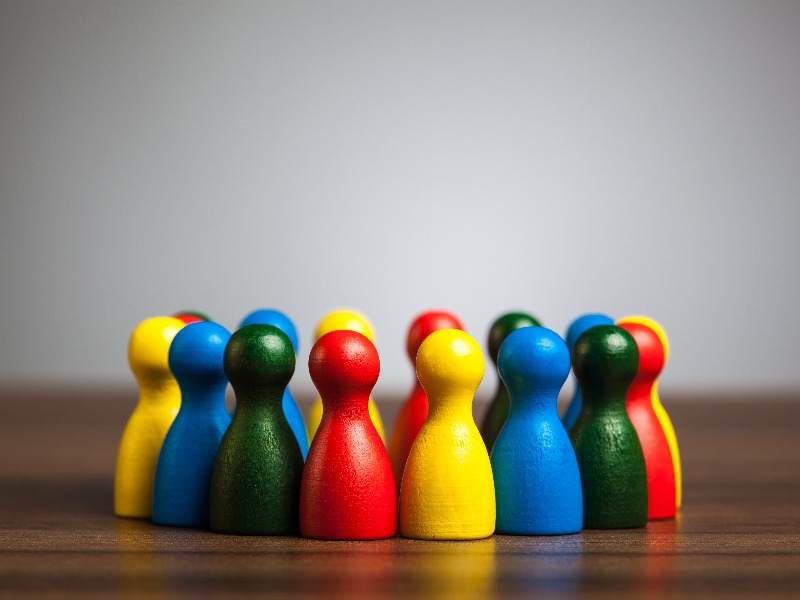

Microaggressions — everyone has heard them or may have even used them.
Defined as everyday verbal and behavioural slights against a person or group that communicate hostile, derogatory or negative feelings, these put-downs, assumptions and comments — regardless of intention — are hurtful, insulting and damaging to a person’s self-esteem.
Especially prevalent in the workplace, microaggressions affect morale and productivity. They can take many forms and are part of the ongoing experience of discrimination experienced by many individuals in the workplace on a daily basis.
Read: Head to head: Are employers making progress in improving DEI efforts?
Research from Toronto Metropolitan University’s Ted Rogers School of Management’s Diversity Institute — and its work with other organizations supporting equity-deserving groups — has shown just how damaging microaggressions can be. The impact isn’t just on job satisfaction or opportunities, but physical and mental health.
When organizations try to create more inclusive work environments, they often struggle with balancing the need to address microaggressions with the concern that they don’t place an undue burden or “emotional tax” on those who are on the receiving end by asking them to share their experiences.
This year, key stakeholders — including the Black Business Professional Association, the Diversity Institute and Pride at Work — were brought together by creative agency Zulu Alpha Kilo to launch Micropedia, the world’s first encyclopedia of microaggressions to help identify and ultimately mitigate microaggressions in the workplace and other social forums.
Read: 70% of Canadian employees have experienced workplace violence or harassment: survey
The comprehensive tool captures more than 150 microaggressions that people face in their daily life, with the aim of educating people about the damaging effects of these words and actions that perpetuate common forms of discrimination and impede the work of inclusivity and diversity, often without people realizing what they’re doing. This resource also explains the harm a person might unknowingly cause and includes real-life examples.
Everyone has a role in mitigating microaggressions in the workplace and beyond. Here are some strategies to help human resources teams counter microaggressions:
- It starts with the tone from the top. An organization’s leaders signal its values, model appropriate behaviour and put in place the policies and processes required to do better.
- Reflection is key. Everyone needs to understand their own biases and assumptions and commit to continuous improvement.
- Training at all levels is required to understand that the issue isn’t intention, but how a comment is received.
- Employers should create a work environment that promotes opportunity for honest feedback, while fostering empathy and compassion.
- Knowing when and how to call out or publicly respond to microaggressions — or to call in with a private conversation — are important skills for allies.
- It’s also critically important to have processes that set standards for behaviour and formal responses.
Read: 20% of employees experiencing increased workplace conflict, aggression: survey
